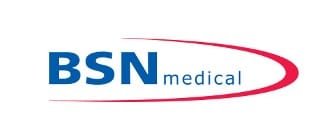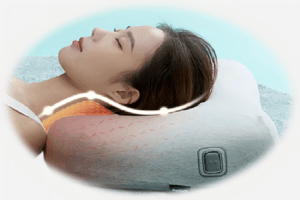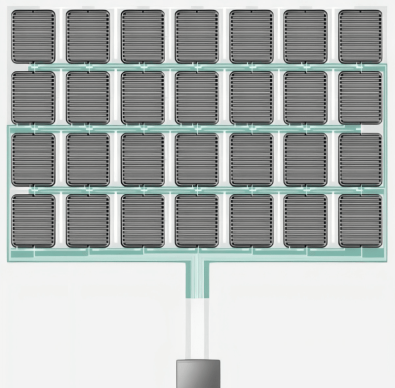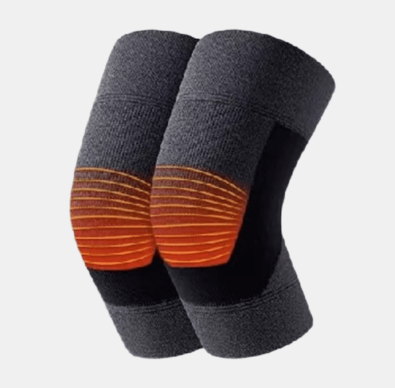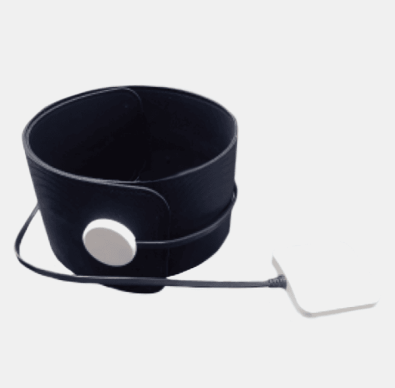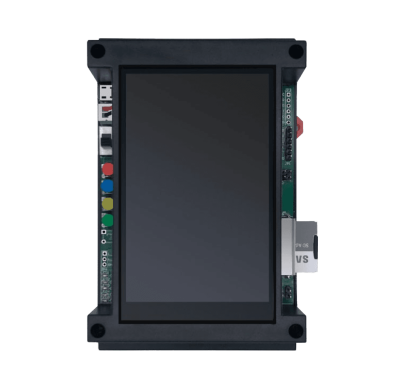Smarter Health Monitoring Devices: Precision Care Solutions With Biocompatible Pressure Sensors
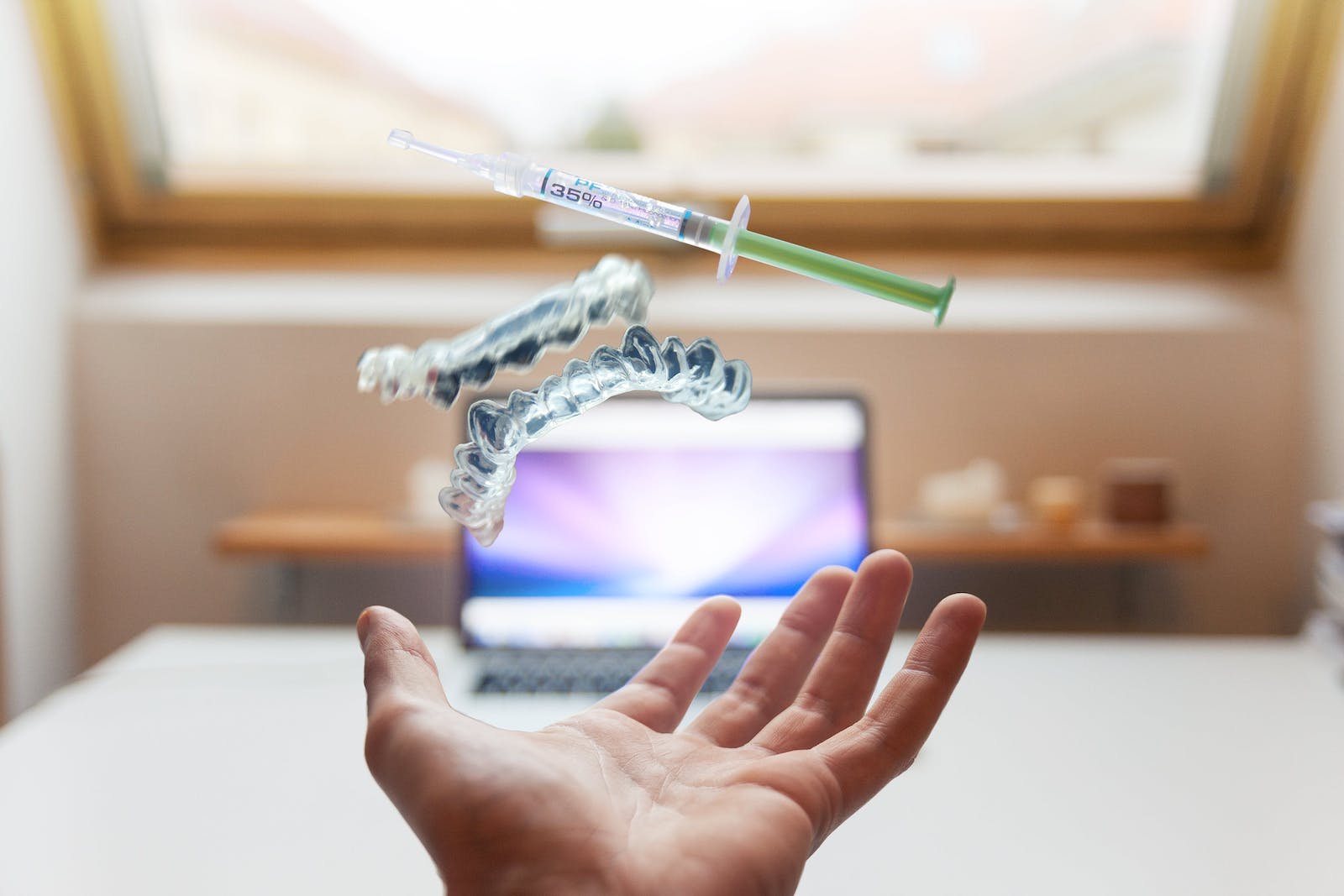
Pressure sensors have revolutionized the field of health and medicine by enabling accurate and real-time measurements of pressure within the human body. These sensors play a crucial role in various medical applications, ranging from health monitoring devices that measure vital signs to diagnosing and treating complex conditions.
In this article, we will explore the significance of pressure sensors in healthcare and highlight specific examples where they have made a tangible impact.
Pressure sensors work by converting the physical force or pressure exerted on them into an electrical signal that can be measured and analyzed. These sensors are designed to detect and quantify pressure changes accurately, making them essential components in various medical devices and equipment. Let’s explore how pressure sensors work and how they are installed in medical devices.
Working Principle of Pressure Sensors
Most pressure sensors operate based on the principle of piezoresistivity or piezoelectricity. Piezoresistive pressure sensors use a diaphragm or a flexible material that deforms under pressure. This deformation causes a change in resistance within the sensor, which is then converted into an electrical signal. The magnitude of the resistance change corresponds to the applied pressure.
Piezoelectric pressure sensors, on the other hand, employ crystals or ceramics that generate an electrical charge when subjected to pressure. This charge is proportional to the applied force and can be measured to determine the pressure.
Where Can You Find Pressure Sensors in Healthcare?
Monitoring Vital Signs

Cardiovascular System Treatments
Pressure sensors play a pivotal role in diagnosing and treating cardiovascular conditions. For instance, cardiac catheterization is a procedure that uses pressure sensors to assess the severity of heart diseases. By measuring the pressures within the heart chambers, doctors can evaluate the pumping efficiency and identify any abnormalities. This information aids in determining the need for interventions like angioplasty or bypass surgery.
In the field of electrophysiology, pressure sensors assist in guiding procedures such as ablation for arrhythmias. These sensors help doctors locate precise areas of abnormal pressure that may indicate the presence of cardiac arrhythmias. By providing real-time feedback during the procedure, pressure sensors enhance accuracy and reduce the risk of complications.
Respiratory System Treatments
Pressure sensors also find applications in monitoring respiratory conditions. In patients with sleep apnea, for example, sensors can be used to measure the airway pressure and detect interruptions in breathing during sleep. This information helps in diagnosing the condition and determining the appropriate treatment, such as continuous positive airway pressure (CPAP) devices.
Patients suffering from chronic obstructive pulmonary disease (COPD) can benefit from pressure sensors integrated into inhalers. These sensors measure the pressure generated during inhalation, ensuring optimal medication delivery. By monitoring inhalation technique, patients can improve the effectiveness of their medication and manage their condition more effectively.
Surgical Procedures
Pressure sensors are extensively used during surgical procedures to ensure patient safety and enhance surgical outcomes. Laparoscopic surgeries, for instance, involve the use of pressure sensors to monitor the insufflation pressure within the abdominal cavity. This helps prevent complications such as injury to surrounding organs and blood vessels.
Furthermore, pressure sensors are crucial in robotic-assisted surgeries. These sensors provide feedback on the forces exerted by robotic surgical instruments, allowing surgeons to apply the appropriate amount of pressure during delicate procedures. This technology enhances precision, reduces the risk of tissue damage, and shortens recovery times.
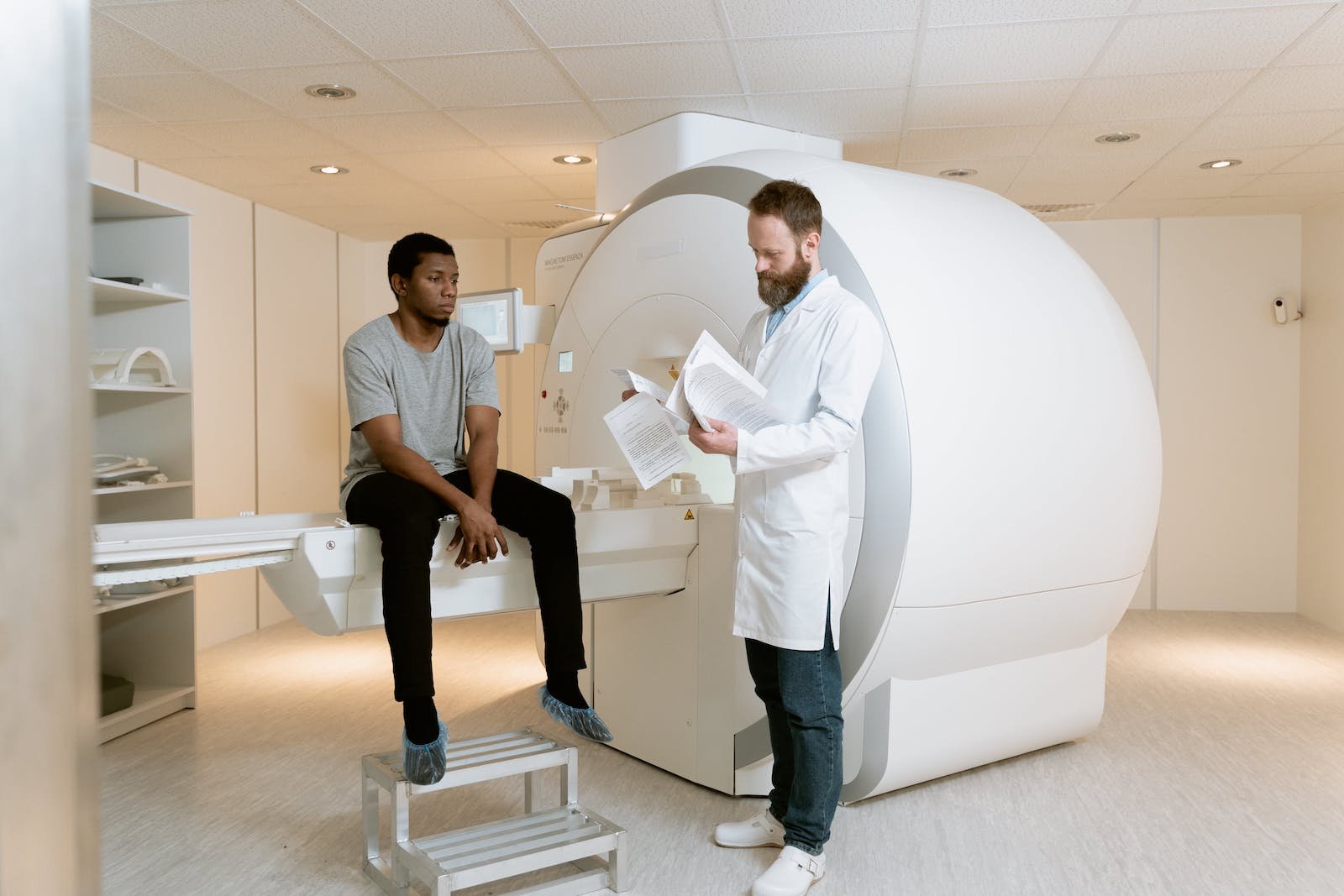
Are Pressure Sensors in Health Monitoring Devices Safe for Human Contact?
Pressure sensors used in medical devices are generally safe for human contact and designed to be biocompatible. Biocompatibility refers to the ability of a material or device to interact with living tissues without causing harm or adverse reactions.
Manufacturers of medical pressure sensors take great care to ensure that the materials used are compatible with the human body. They undergo rigorous testing and adhere to specific standards and regulations, such as ISO 10993, to ensure biocompatibility.
Here are some key considerations regarding the safety and biocompatibility of pressure sensors:
- Materials Selection: Pressure sensors are typically made from materials that are known to be biocompatible, such as medical-grade silicones, ceramics, or metals like titanium. These materials have been extensively tested and proven to be safe for human contact.
- Surface Properties: The surface of pressure sensors is often modified to enhance biocompatibility. This may involve coating the sensors with bioinert materials or incorporating specialized coatings that reduce the risk of tissue irritation or adverse reactions.
- Chemical Stability: Pressure sensors are designed to be chemically stable and inert within the body. They should not release any harmful substances or interact with bodily fluids or tissues in a way that could cause harm.
- Sterilization Compatibility: Pressure sensors must be compatible with various sterilization methods used in healthcare settings, such as steam sterilization, ethylene oxide sterilization, or gamma irradiation. This ensures that the sensors can be properly sterilized before use.
- Testing and Certification: Pressure sensors undergo rigorous testing to assess their biocompatibility and safety. This includes evaluating factors such as cytotoxicity, sensitization, and irritation potential. Manufacturers typically provide documentation and certifications to confirm compliance with relevant standards and regulations.
It’s important to note that while pressure sensors themselves are designed to be biocompatible, their installation and integration into medical devices must also meet safety standards. The overall design and implementation of the medical device, including the sensor, should consider the intended use, patient population, and potential risks to ensure safe and effective use.
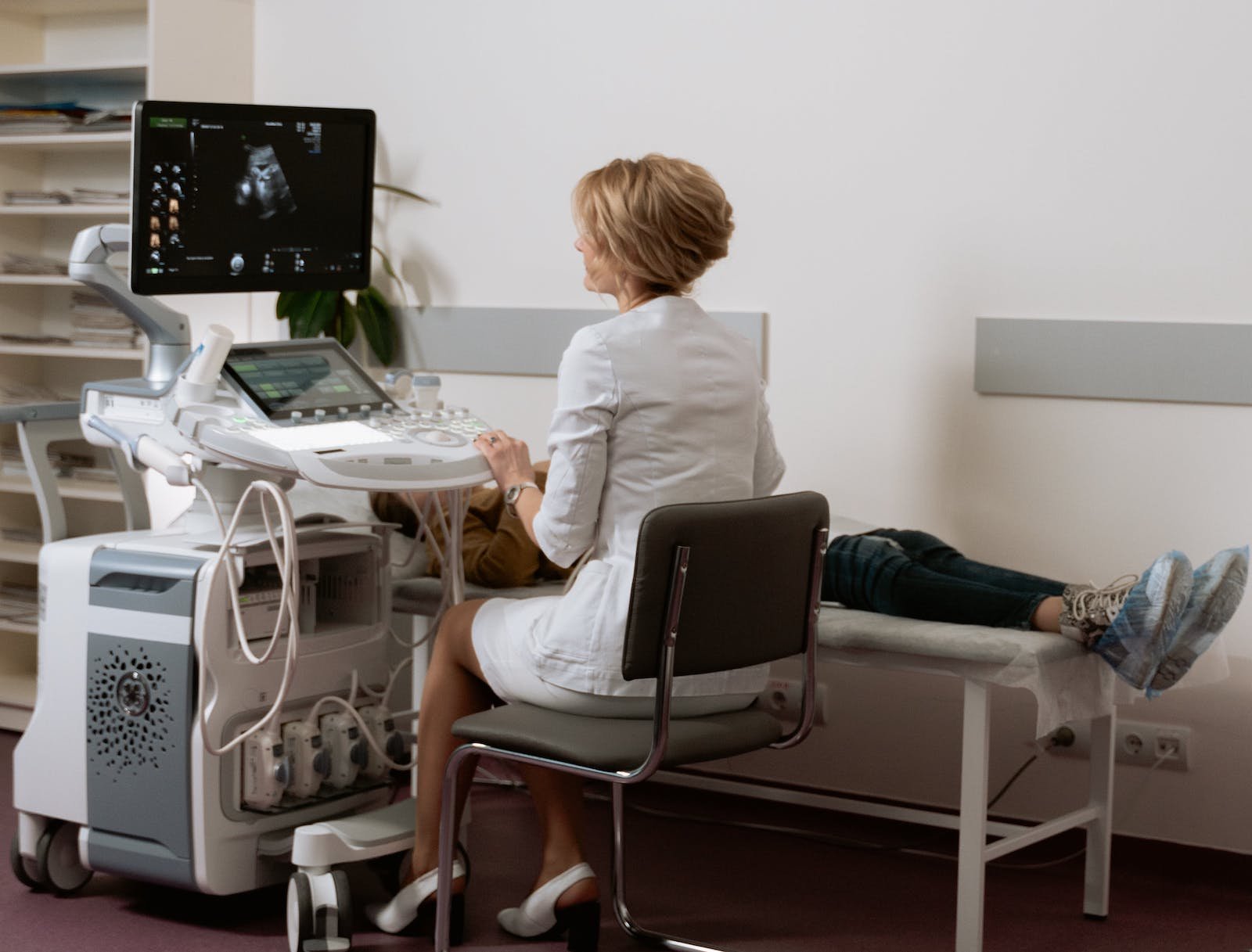
Flexniss: Advancing Medical Technologies with Safe and Biocompatible Pressure Sensor Solutions
Pressure sensors have revolutionized healthcare by enabling accurate and real-time measurements in a wide range of medical applications. From monitoring vital signs to assisting in surgical procedures, these sensors have made a significant impact in improving patient outcomes.
As technology continues to advance, pressure sensors are likely to play an even more prominent role in the future of health and medicine, paving the way for innovative diagnostic and treatment approaches.
If you are looking for high-quality pressure sensors for your health monitoring devices, medical machines, or biomedical engineering projects, Flexniss is your partner!
We work hard to provide top-notch solutions that ensure reliability and performance, helping you drive medical innovations like no other.
Reach out today for a complete list of products and customization options!
